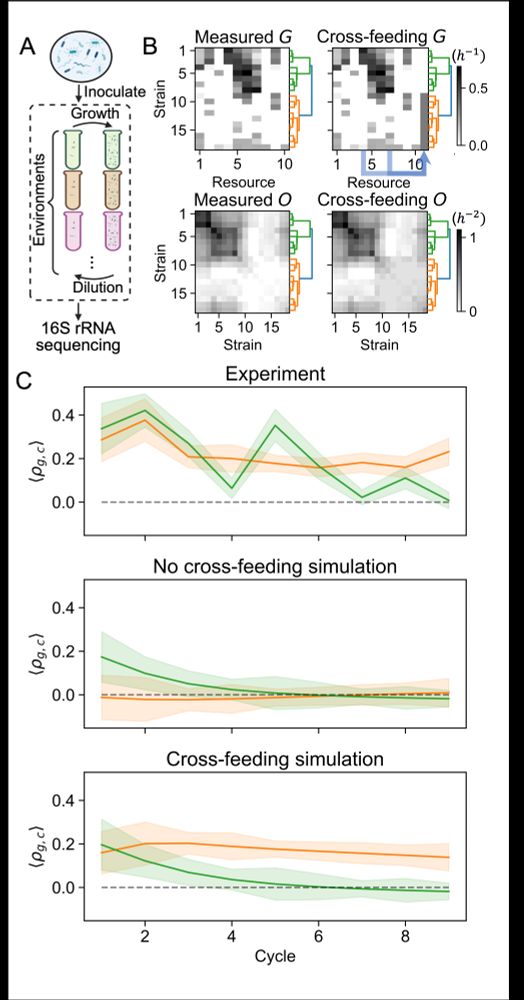Kyle Crocker
@kylecrocker.bsky.social
6 followers
4 following
6 posts
Quantitative biology, biophysics, microbial ecology and evolution. Postdoc @seppekuehnlab.bsky.social | he/him
Posts
Media
Videos
Starter Packs



